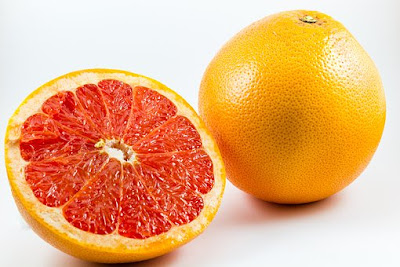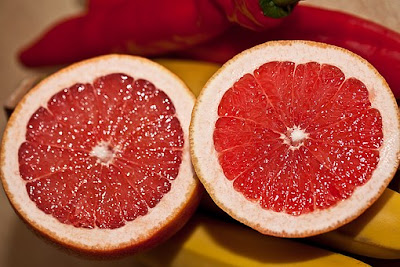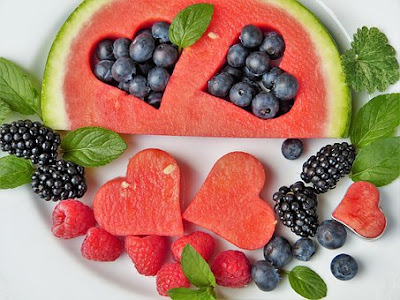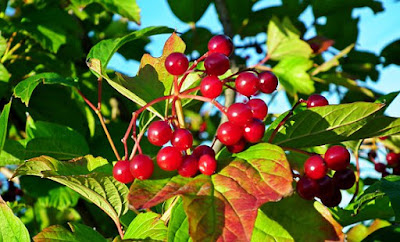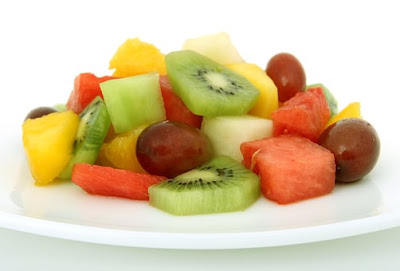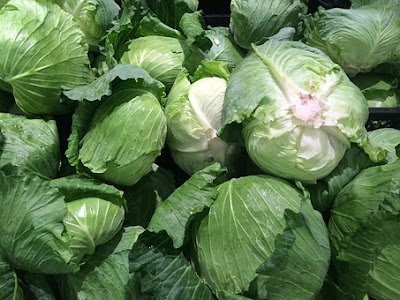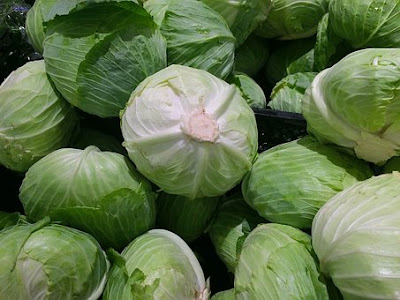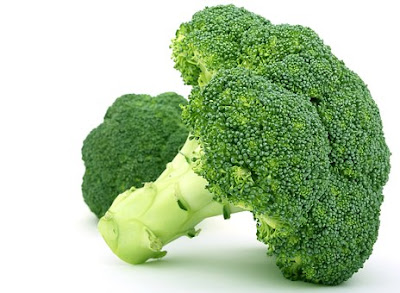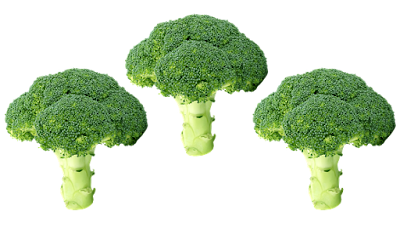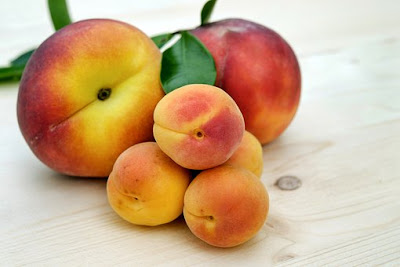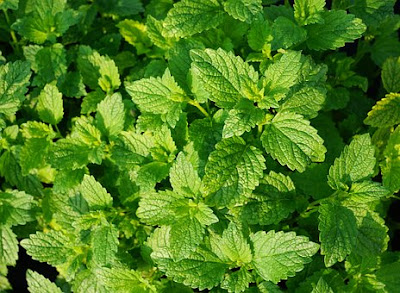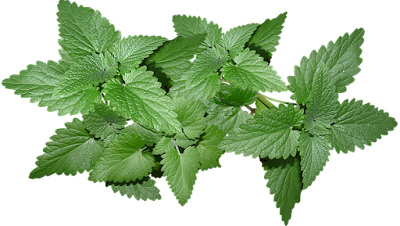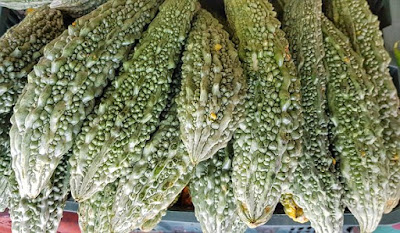Hi everyone! Today we are going to be learning how to work
with the famous avocado fruit, or some people call it the alligator pear. The
avocado is highly, highly nutritious and something that you want to include as
part of your daily diet for optimal health. Now some people do sort of fear
that they've heard that it's high in fat and high in calories. But when you are
eating a whole food natural diet, all of this is actually a very very good
thing. The avocado, as I will share with you, is highly beneficial in all the
right nutrients that are going to be supporting our health in so many different
ways. So before we get into the process of how do we work with the avocado,
let's talk a little bit about what can you expect in terms of its nutritional
composition and why is this such a powerful food to include as part of your
regular diet. For starters, yes, a medium size or so avocado is about 300
calories. As part of a whole food salad that actually is an excellent amount.
But in general, consuming a half or one avocado a day is considered fine, and
as part of a whole food natural diet. So aside from the calorie content, you
can expect to find about 12 or 13 grams of fat in about half an avocado or
about 25 grams in a full one. Now we have to understand that the fats in the
avocado are extremely beneficial for our health.
There are so many different
fatty acid benefits of the different types of fatty acids, like oleic acid that
makes up pretty much half of the avocado's fat. What makes these fats so
powerful is that they help to make your brain function properly, they help to
build your cells. A lot of us forget or neglect to understand that our cells do
need a fat composition in order to be built and work properly. They are also
extremely beneficial for your heart health. Remember that fat, as long as it's
the healthy fat, can actually decrease your risk of heart disease and improve
your cardiovascular health. In the case of again the avocado's fat content, it
is highly anti-inflammatory in nature, which is one of the major risk factors,
as is inflammation for heart disease. So this also helps us on many different
levels. The healthy fats also are vital to proper absorption, of not just fat
soluble vitamins, but a lot of the antioxidants, specifically carotenoids that
the avocado contains. Now speaking of the antioxidants, avocados are extremely
rich in a variety of different antioxidants, specifically from the carotenoid
group. Now carotenoids you may be familiar with from foods like carrots.

Well
the green fleshy part is actually extremely rich in a number of different
carotenoids, one of them being lutein and as we know today lutein is extremely
beneficial for proper eye health. So aside from brain health, heart health, eye
health and being extremely anti-inflammatory, which just helps all parts of our
health, the benefits of eating an avocado also include being anti-cancerous and
that is again thanks to all these antioxidants that it contains. The avocado
also can help us regulate our blood sugar and so it really does help to support
our health on so many different levels and enhances our overall good health.
And they are also rich in various vitamins and minerals. Specifically they are
rich in vitamin K, vitamin C, some of the B vitamins, like vitamin B5 and B6, as
well as potassium. So you could really feel good about consuming these as part
of your everyday diet. Let's focus on how to pick them at the grocery store.
What I personally recommend, as over the years that I have been buying avocados
and eating them regularly, I've definitely had my share of moldy or just
basically bad avocados that had I known better I would have made a better
choice at the grocery store and not wasted some money. So at the grocery store
I always recommend picking a green avocado. The reason for that is you have a
much, much higher chance that, well, actually almost guaranteed, that it is not
going to go bad, unless of course you neglect it and don't eat it for the few
days or the week or so. It has less risk of being bruised and already having
some kind of mold growing inside of it, etc. So I always buy them green and
allow them to ripen at home on my counter. I don't put them in bags or in
cupboards. Some people do and that's possible if you need them to ripen faster.
I just wait, usually it's about two to three days, depending on how green it
is. Now once they do ripen, when do you actually eat it.
This is actually very,
very important. I do, first of all, leave them out on a counter in a good spot
where I can actually see them every day, not somewhere in the corner where
you're going to say I forgot to eat the avocados and they're all very soft and
molding. So leave them in a spot that is quite convenient for you to see on a
daily basis and as soon as I see that they go dark brown or black, this is
where I will gently touch them to see how firm they are. On the very first day
they will still be quite firm and I'm still going to let them go another day,
perhaps two. But once I feel that they're gently soft, now I know you can't
tell on the video how soft this one is, but it is just very, very gently soft.
So if I just squeeze it a little bit, I know that there is some soft tension
there, where as this one not a chance. The green ones they're just very hard.
This is the point at which I recommend eating the avocados. This is where
you're going to get the best flavor and the best nutrients and just an overall
good, even texture, when you're going to be adding it to different salads or
different foods. If you do let it go, I would say maybe two days or more past
this point. It is only going to continue getting softer. It is going to start
taking on a type of fermented flavor and there will be brown parts, black parts
throughout it and even possible moldy spots.

So that's when you're really starting
to miss out all the goodness, the wonderful taste that delicious flavor, the
texture and the nutritional benefits, again, of the avocado. Because remember
that nature really tells us: not ready (nutrients are not fully ready for us to
take in), definitely ready, and then after, over-ready is not ideal either. Now
you will notice that they come in sort of two shapes. Some are extremely round
almost like a ball and some are more elongated like a pear. What I have found
from my experience is that I always prefer the elongated, pear ones because
inside I have found the pit is actually much smaller and you get more fruit or
flesh for what you got. So it's not always possible but whenever possible
definitely look for the elongated ones. and most importantly if you don't want
to waste money on an avocado and have them go bad, don't buy too many at once.
Okay so we are ready to start working with our avocados. So out of the ones
that I have here on the counter, as you can see, three of them look like they
are ready to be used. So what I would do is just basically touch each one to
see what is the level of softness.
Now this one is still pretty firm. This one
is definitely soft and ready to go. And this one is pretty good to go as well.
So we're going to be working with these two in terms of how to cut them and how
to peel them, etc. So as always with all produce that you bring home be sure to
always wash it thoroughly first. Now I'm going to demonstrate for you a few
different ways of how you can work with your avocado. Depending sort of on what
you need to make with it or how you need to use it in a different meal, and
also depending on perhaps how you prefer. The first way that I'm going to show
you how to work with the avocado is my personal favorite and the way that I use
it most commonly. And that is to begin, of course be careful as you are
cutting, to slice it length-wise all around just like that so I have a nice
slice. And how deep do I go? I go as deep as I can feel resistance to the pit.
Now, the avocado does have a big pit in the middle, if you have never seen one
or worked with one. So now that there's a slice, right all-around lengthwise,
down the middle, I'm going to take both ends and start to twist and it twists
so gently that the two halves just come undone on their own. And that's what
you can see inside.
This beautiful fruit usually a beautiful shade
of yellow going to green on the outer edges. Now what do we do next? Well first
I start working with my half without the pit. It is interesting to note too,
that the carotenoids or the antioxidants are known to be most concentrated in
that green part and so we don't want to disturb that as much as possible or cut
it out or lose it. You actually want to keep the yellow and that green part right
next to the skin as much as possible. So what I do at this point is put the
avocado half down on the board and slice it down half, one more time, and then
you will notice that when the avocado is just right, the peel comes right off
maintaining that beautiful green right under the skin all with it. If some
piece, small section comes off on your peel, I usually do take that off, scoop
it and still use it in whatever meal I am making. So there's 1/4 again I do the
same on this end and look how easily and beautifully that peels. Now the riper
the avocado, the less it's going to peel well, and that's why I do highly
recommend making sure that you catch your avocados, of course again not at the
green stage because they're not ready to be eaten, and not when they're too
soft or too ripe. You want them really when they're just on that first or
second day of going black and just gently soft because that's when the peel
comes off so beautifully. After the few days after that, the peel starts to
become very dry and crumbly. Now I have my second half with the pit. How do we
get that pit out? You could with a spoon try to wedge it out, or try to cut it
out. What I usually do is, as you can see here, I have a pointy knife. I take
and put that pointy part in and then gently wedge it out. Same thing with this
half. I will just slice it in half, peel it and there we go. We have a
beautiful avocado all ready to go in four quarters. Now what you do at this
point is really up to you if I'm making a salad, what I will do is take them in
half one more time or into three's, depending on how big the avocado is, and
then dice them right into my salads like this. And they come apart beautifully.
That's if I'm eating a salad.
Now for any of you who enjoy perhaps some kind of
a sandwich, or you have some kind of an optimally healthy cracker, and of
course keep in mind those are very hard to find given all the processed food,
but if you do eat something like that you may wish to enjoy slicing the avocado
and placing it into a sandwich or again onto some kind of an optimally healthy
cracker. You can also layer the avocado this way in different food ideas. So
they slice very beautifully, again when they are just the perfect ripeness. So
we can slice them for different foods. Some people, of course, don't need to do
any of this because they can throw the avocado, for example if I'm making
guacamole, I'll just throw the whole avocado like this into my blender and make
the guacamole from there. What we can do with avocados, we're going to talk
about in a moment but I want to show you one other way that you can address
working with an avocado. So let's cut open this one. Always start, no matter
which way I'm going to work with it, always start the same way. So cut it down
the middle, twist and take apart the two halves. Now for some people who do
want this sort of cubed look but don't want to go through the steps I did or
perhaps want to have a different way of going about it, you can gently take
your knife and score the avocado within the the skin or the shell.

It is quite,
quite thick and quite hard but of course don't go too deep to get into your
hand, but you could feel if you go gently to the end of the skin and just score
it like that inside. And once we are all done, what we can do is basically flip
it so you could start flipping it and then really they all just fall out as
little cubes or chunks. So that's another option in how you can get your
avocado into cubes or chunks in a different way. And finally, the last way that
you can eat an avocado, again wedging out that pit gently, placing it out, is
simply to take a spoon and enjoy it as is, and simply peel out by the spoonful.
And some people love eating their avocado just like out of a little bowl, and
directly into their mouth. So those are several different ways that you can
access using the avocado and how to eat it. Now the next question is, so where
and how are you going to eat it? What kind of meals or recipes can we make with
them? Well, you've already heard me say that you, of course, can put them into
salads and that's one of my personal favourite ways because they really
invigorate salads to become whole meal ideas. So you've got your different
perhaps vegetables, maybe some other fruits, perhaps the source of protein like
hemp seeds or some other nut or seed. That's one way, one of the easiest ways
to incorporate an avocado into your life. Another way is to use it on different
meal ideas or as a side to different meals. So experiment and just use them
pretty much in anything and everything. They really go great with almost any
food, as their taste is quite mild.
Slightly on the sweet side but generally
speaking quite mild, so they go really well with everything. Guacamole is
another, of course, famous food that you may want to try using fresh avocados.
It is absolutely amazing when you make your own homemade, and that will be a
recipe I'll be sharing in another episode of "Healthytarian Living".
And finally, raw food deserts from avocados. I've heard anything from fudgesicle-like
popsicles for kids that are optimally healthy and made just with avocados with
a little bit of maple syrup, etc. You can look up those recipes. To different
cheesecakes. Again, these are all raw, vegan foods. To different squares, and
different little balls and bars, and the possibilities are endless. Bottom
line, the avocado is extremely versatile and again, for its nutrition and
delicious taste and health benefits, something you want to include as part of
your everyday diet. Now last tip that I want to leave you with is what do you
do if you have, perhaps you only wanted to eat half an avocado, or you have too
much, or you want to save some for later. The avocado does tend to, and we
could see already on this one, it will start to oxidize quite quickly.
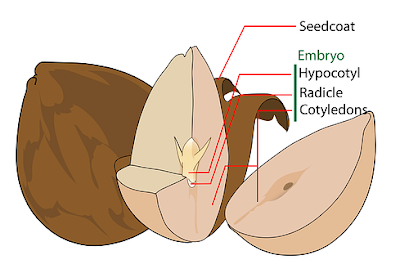
Going a
little bit orange or brown, and some of them are already starting to show that.
So to store your avocado, first and foremost you don't want to cut it up as
much as possible. For example, if you know you're only going to eat half store
the other half, with still its shell and, if possible, pit. The pit will
actually help it stay longer and fresh, and put it in a sealed container. Some
people also sprinkle some lemon juice to prevent that oxidation or browning
process. If you do make a meal with some avocados and you're storing that for
later, please note again, that they might turn to go a little bit gray or
brown. Not that big of a deal but hopefully you don't have too many of these
leftovers because they do decrease the nutritional composition. And last but
not least, you don't want to be cooking avocados. They are so rich, and again
all those beautiful nutrients like the vitamins, the minerals, the
phytochemicals, the carotenoids, the antioxidants, all of those beautiful,
beautiful nutrients for us, that a lot of them will get destroyed if you heat
process your avocado. So they are best eaten raw, and as part of any meal,
again, that you can think of. And get creative in how you use your avocado...
